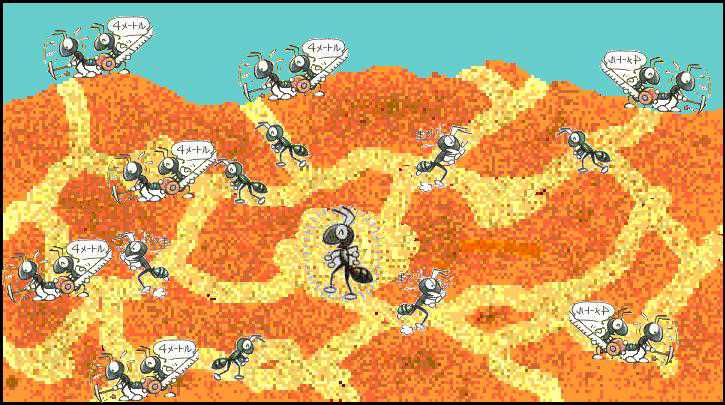 Mehdi Arfaoui, a student at IESEG School of Management in Paris, France, asked me a question via Quora recently, “How is Change Management Different in Large Organizations Compared to SMEs (small and medium sized enterprises)?” Here’s what you need to know.
Mehdi Arfaoui, a student at IESEG School of Management in Paris, France, asked me a question via Quora recently, “How is Change Management Different in Large Organizations Compared to SMEs (small and medium sized enterprises)?” Here’s what you need to know.
The principles of change management are the same regardless of how ‘big’ or ‘small’ an organization may appear to be. The answer lies in understanding Isaac Newton’s laws of motion.
All organizations have mass. Mass has little to do with the number of people or departments in an organization. It has everything to do with where the authority, power, and influence reside within the organization and how much resistance to change exists.
Even a gargantuan organization, like the United States, can move incredibly quickly when the mass is coalesced. Just remember 9/11 and the Patriot Act. But even a two person organization, like a bad marriage, can move incrediblly slowly, resisting any change that appears to benefit one partner at the expense of another.
When it comes to change management, don’t think ‘small’ or ‘large’ organization. Instead think in terms of inertia and what must first be done to gather in the organizational mass in order to enact a change.
Mr. Arafoui went on to ask, “So, according to you, we couldn’t say that there are existing differences in the management of changes between MNCs or SMEs for example? Because change will anyways be determined by the company’s culture and resistance?”
There are obviously some more complexities to managing multi-national’s (MNCs) but the fundamentals of enacting a change are the same, regardless of size.
So how do you manage the greater the complexities in an MNC? Every successful complex adaptive system uses a common framework, language, and sequence to operate. This framework, language, and sequence must also adapt to changes in the environment.
For example, a colony of ants can change tactics and directions amazingly fast because the colony shares a common way of sensing the world (framework), enabled by a common way of communicating (language), and a series of steps to take when presented with an opportunity-threat (sequence). If the colony is going to be successful over time, then it must also be able to adapt this framework, language, and sequence as the environment changes. If not, it will perish.
The complexities in managing MNC’s emerge when the organization lacks a common framework, language, and sequence, or it ceases to adapt them to changing times. In my company Organizational Physics, one of the first things we do when working with a new company is to teach a common framework, language, and sequence to follow to enact a change. That’s not new. Every organizational development company in the world does the same. What’s unique about our approach is that we use a universally applicable framework, language, and sequence based on physics/evolution/systems theory. I.e. Things that all smart people, regardless of their native language, cultural conditioning, or world-view can agree on.
Put another way, I don’t think the complexities of managing an MNC arise so much from geographic distance or the sheer number of people involved (although these certainly can be hinderances) as they do from lacking a robust framework, language, and sequence to follow to enact a change.
Good question. Thanks Mehdi!
